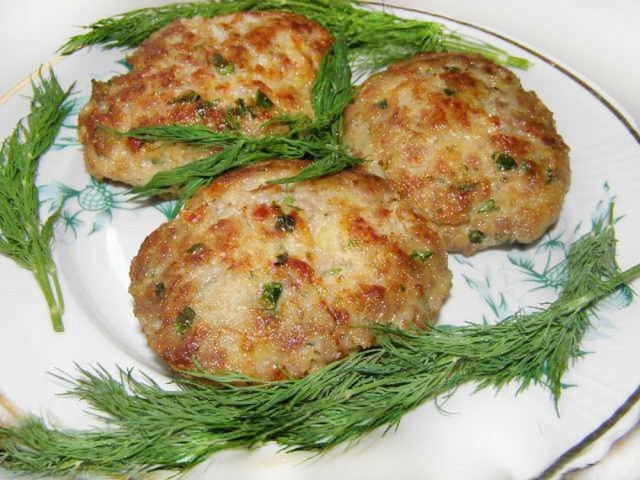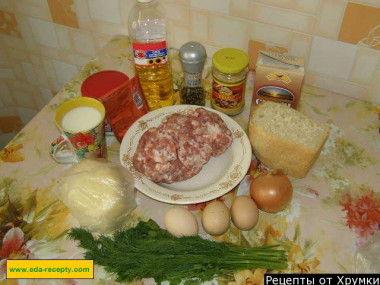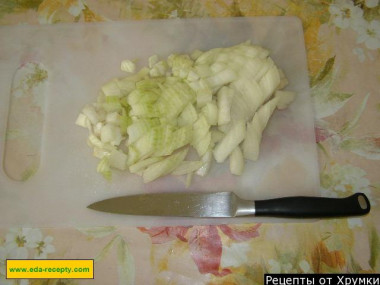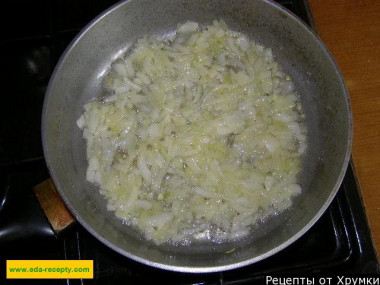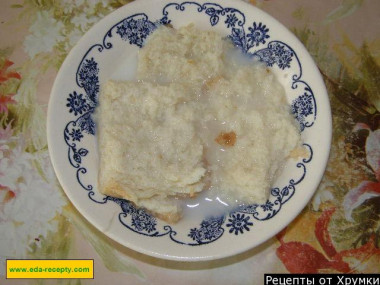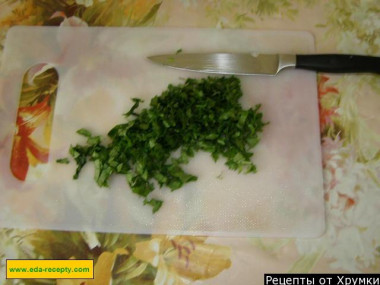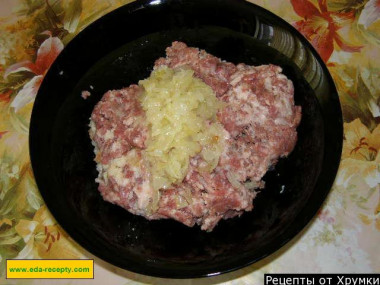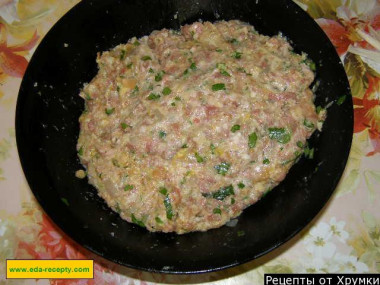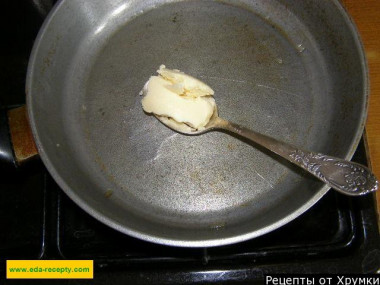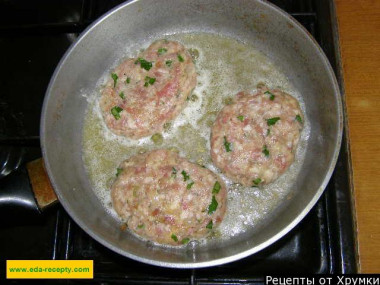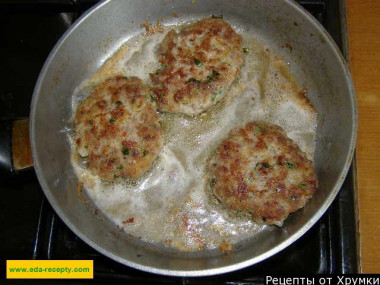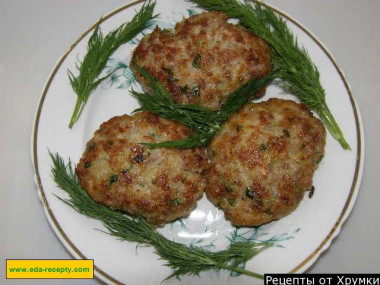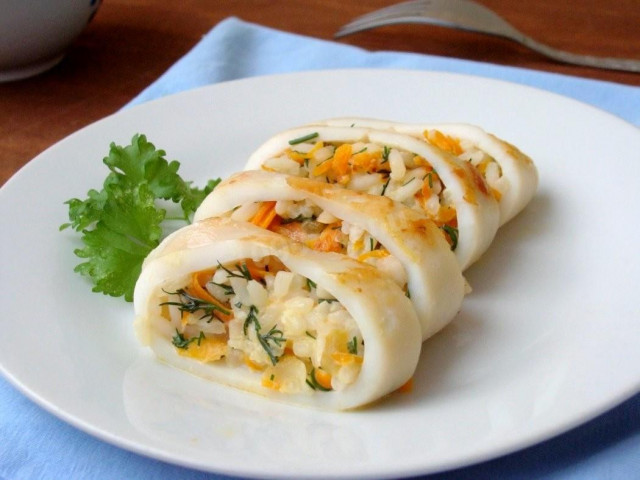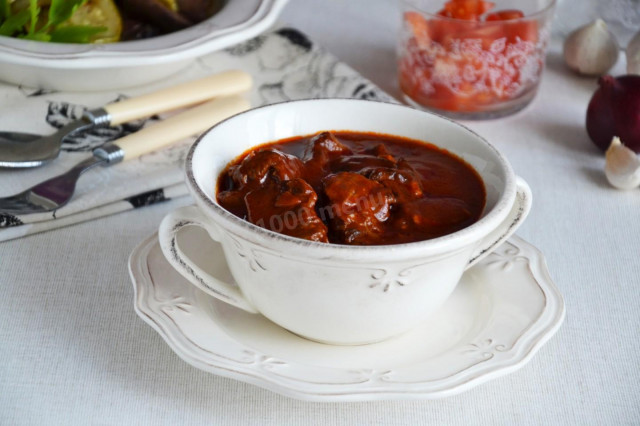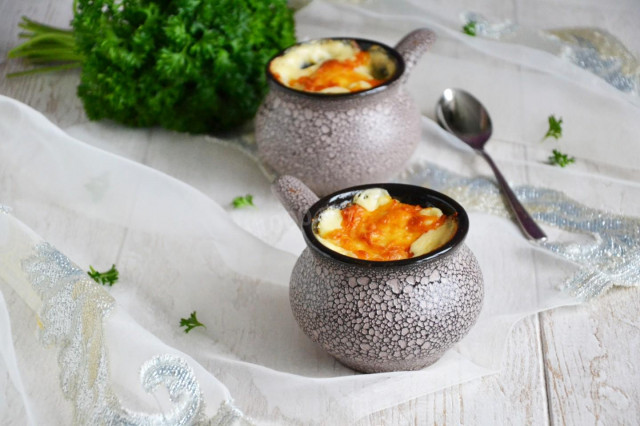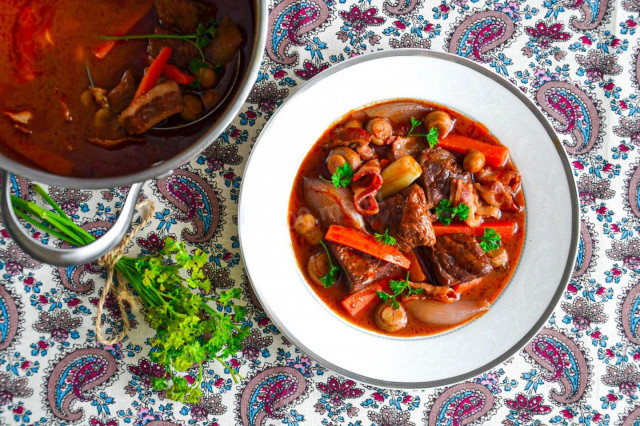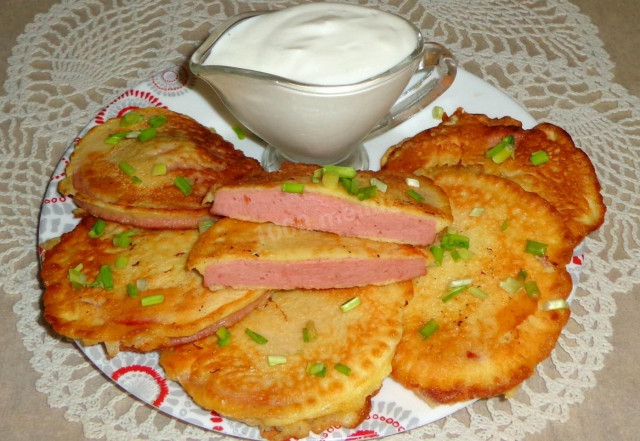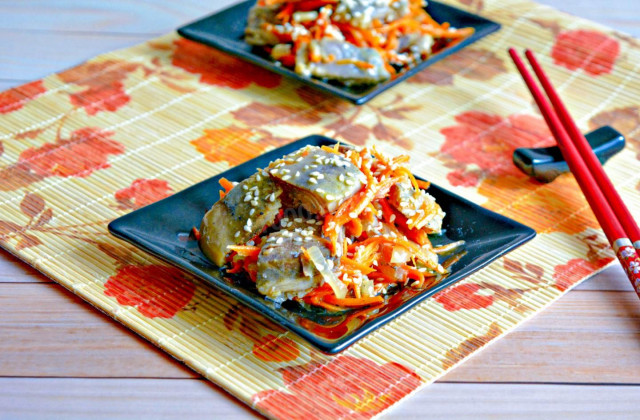Composition / ingredients
Step-by-step cooking
Step 1:
To prepare these veal cutlets, we will need the products listed in the list and shown in the photo.
Step 2:
Peel and finely chop the onion.
Step 3:
Preheat a frying pan with the addition of 20 grams of butter and fry the chopped onion on it while stirring over medium heat until transparent.
Step 4:
Fill the buns with hot milk to soften. You can use not fresh buns, but yesterday's ones, so it's even better.
Step 5:
Wash the fresh herbs and chop them with a knife.
Step 6:
Mix two types of minced meat and add fried onions.
Step 7:
Next, add the remaining ingredients: chopped parsley, chicken eggs, slightly squeezed rolls from excess liquid, marjoram, dry mustard, as well as sea salt and black pepper. Mix the minced meat thoroughly with your hands and taste it, which can still be adjusted.
Step 8:
Put the frying pan on the fire, pour vegetable oil and put the remaining piece of butter. Heat over medium heat.
Step 9:
Now let's see how to fry veal cutlets? To do this, we moisten our hands in cold water and form from minced meat not very thick round or oval cutlets of medium size. Put the blanks in a frying pan and fry on one side over moderate heat until half-cooked - about 7-10 minutes.
Step 10:
Turn the cutlets on the other side and bring them to readiness - this is another 7-10 minutes. Remove the cutlets from the pan and fry the next batch. When all the cutlets are fried, you can return them to the pan, pour some hot water, cover the pan with a lid and simmer for another 10 minutes.
Step 11:
Our cutlets are ready!
There are a lot of recipes for cutlets, but I like the German version of this dish the most. Veal cutlets turn out to be lush, tender and very tasty. Such cutlets will appeal to everyone without exception, especially lovers of meat dishes. Everything is simple and tasteful. You can cook immediately or make blanks and put semi-finished products in the freezer until the right moment, which is very convenient!
Any oils are useful only until a certain temperature is reached - the point of smoking, at which the oil begins to burn and toxic substances, including carcinogens, are formed in it. How to determine the roasting temperature and choose the best oil for frying, and which is better not to use at all, read here .
Important! An incorrectly selected frying pan can ruin even the best recipe. All the details on how to choose the perfect frying pan for different dishes read here .
If you use ready-made spice mixes, be sure to read the composition on the package. Often, salt is already present in such mixtures, take this into account, otherwise you risk over-salting the dish.
Caloric content of the products possible in the composition of the dish
- Whole cow's milk - 68 kcal/100g
- Milk 3.5% fat content - 64 kcal/100g
- Milk 3.2% fat content - 60 kcal/100g
- Milk 1.5% fat content - 47 kcal/100g
- Concentrated milk 7.5% fat content - 140 kcal/100g
- Milk 2.5% fat content - 54 kcal/100g
- Pork fat - 333 kcal/100g
- Pork meat - 357 kcal/100g
- Pork - low-fat roast - 184 kcal/100g
- Pork chop on a bone - 537 kcal/100g
- Pork - schnitzel - 352 kcal/100g
- Pork Shoulder - 593 kcal/100g
- Boar's leg - 113 kcal/100g
- Pork - 259 kcal/100g
- Veal - brisket - 213 kcal/100g
- Veal fillet - 158 kcal/100g
- Veal leg - 161 kcal/100g
- Veal - ham - 108 kcal/100g
- Veal - chop on a bone - 188 kcal/100g
- Veal - schnitzel - 162 kcal/100g
- Veal - dorsal part - 210 kcal/100g
- Marjoram - 271 kcal/100g
- Ground black pepper - 255 kcal/100g
- Parsley greens - 45 kcal/100g
- Mustard canteen - 417 kcal/100g
- Mustard - 417 kcal/100g
- Butter 82% - 734 kcal/100g
- Amateur unsalted butter - 709 kcal/100g
- Unsalted peasant butter - 661 kcal/100g
- Peasant salted butter - 652 kcal/100g
- Melted butter - 869 kcal/100g
- Vegetable oil - 873 kcal/100g
- Water - 0 kcal/100g
- Onion - 41 kcal/100g
- Chicken egg - 80 kcal/100g
- Sea salt - 0 kcal/100g
- Dietary bun - 242 kcal/100g
- Diet bun on sorbitol - 266 kcal/100g
- Bun - 242 kcal/100g

